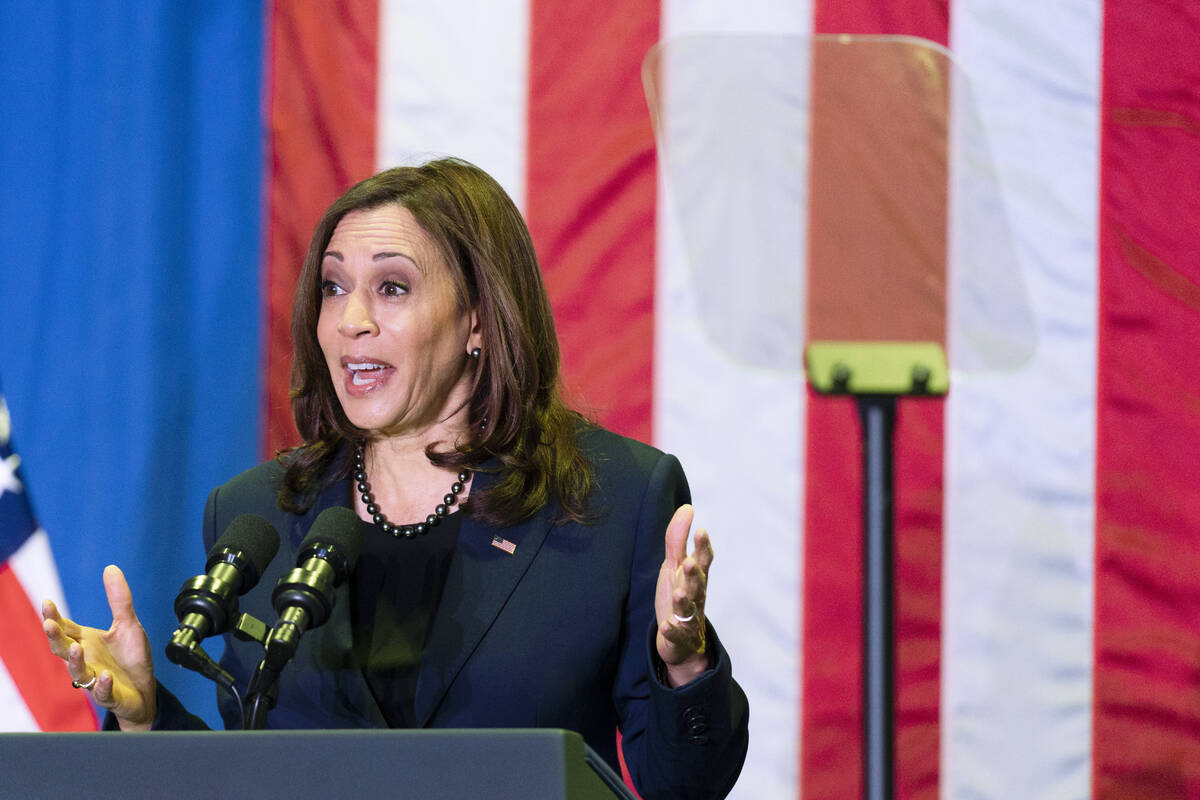COMMENTARY: Price controls don’t work, even for pencils
Why do some politicians and bureaucrats constantly forget that when governments meddle in our mostly free market that bad things happen?
Vice President Kamala Harris unveiled parts of her economic plan this month, but even some of her supporters say she blew it by promoting price controls over food to “fix” inflation.
The concept she promoted is simple enough. It is the great conceit that government central planners can prevent inflation — which is caused when governments spend recklessly and massively expand the money supply — by forcing grocery stores, for instance, to set their prices at government-determined numbers.
But such central planning never works, mainly because nobody short of God is smart enough to make such incredibly complex decisions about an incredibly complex food supply chain that involves millions of incredibly complex actions.
In 1958, Leonard Read beautifully explained market complexity — and why the hubris of government planners can make matters only worse — in his classic essay, “I, Pencil.” As he showed, the making of something apparently as simple as a No. 2 pencil is an incredibly complex, collaborative, global process that involves thousands of people who don’t know each other.
It begins when a cedar is cut down and crews using ropes and gear tug it onto a truck or rail car. Numberless people and skills are involved in mining the ore to produce steel and turn it into saws, axes and motors, Read wrote. The logs are shipped to a mill and cut into slats. The slats are kiln-dried, tinted, waxed, then kiln-dried again.
Read wondered how many skills are needed to produce the tint and the kilns. What about the electric power? And the mill’s belts, motors and other parts?
The cedar slats are then shipped to a pencil factory. A complex machine cuts grooves into each slat. Then another machine lays graphite into every other slat. Glue is applied. Two slats — one with graphite, one without — are sealed together, then cut to pencil length. Each pencil receives six coats of lacquer. Complex processes employ thousands who create the graphite and lacquer.
Each pencil eraser’s brass holder is another marvel.
First, miners in places such as Peru extract and ship the zinc and copper. Experts transform those raw materials into sheet brass, which is cut, stamped and affixed to the pencil. The eraser, wrote Read, is made from “factice,” a rubber-like material produced when rapeseed oil from the Dutch East Indies (now Indonesia) reacts with sulfur chloride.
To be sure, an awe-inspiring amount of work goes into producing a simple pencil. Millions of strangers collaborate to make its ingredients, plying their unique trades and skills. Even more amazing is this: No one person could possibly manage the process.
Despite the absence of a mastermind — or government central planners — billions of pencils are produced every year with such humdrum efficiency that we take pencils for granted.
History is clear on the failure of governments to set price controls in complex markets. They didn’t work in the 1970s when Richard Nixon tried them, and they haven’t worked anywhere else — unless you think Cuba is a paradise today and once-rich Venezuela is doing well under socialist central planning.
The simple pencil, explained Read, is a triumph of human freedom — of creative energies spontaneously responding to necessity and desire. It’s alarming to learn that we have a presidential candidate who doesn’t appear to understand this most simple economic truth.
Contact Tom Purcell at Tom@TomPurcell.com.






















